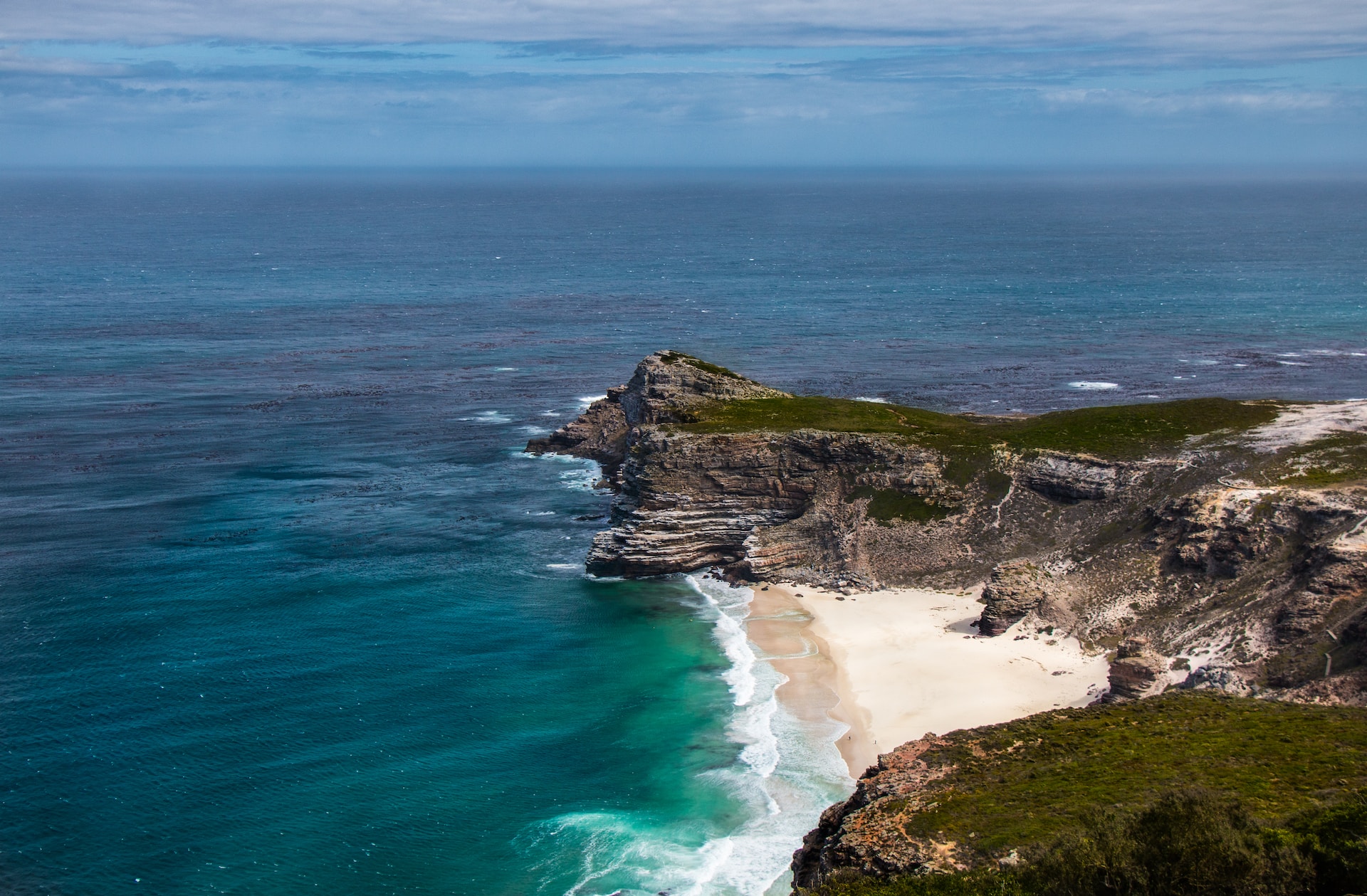Naval Escort Operation in the Red Sea Led by US

Due to several attacks on merchant shipping carried out by Iranian-backed Houthis in the waters surrounding Yemen in recent weeks, trade between Europe and Asia has slowed. As a result, the US is deploying naval assets to the Red Sea.
Because of these attacks, numerous shipping lines have requested naval escorts, pausing their fleets whilst they wait for escorts to arrive. Other lines have resorted to sending their ships through the Cape of Good Hope, a voyage that is double the time of the normal Suez route.
Lloyd Austin, the US defence secretary, has been widely tipped to start the launch of Operation Prosperity Guardian this week in an attempt at securing the Red Sea. 20 ships have already been targeted by the Houthis within the first 18 days of December. Vessels from French and British fleets are also expected to support the mission.
Head of France’s national shipowner organisation, Edouard Louis-Dreyfus, comments: “We count on the presence of French military ships in the region, as well as allied navies to protect commercial ships and guarantee freedom of navigation. It is essential to strengthen Europe’s position in safeguarding our strategic interests,”.
Analysts suggest that even with a naval convoy system established, this will soak up tonnage and slow trade.
“These convoys will take time to form and are not an ideal long-term solution as vessels face added queueing time, slower sailing speeds and limited versatility. However, they are a much better alternative time-wise than sailing around Africa,” investment bank Jefferies points out in a report issued today.
The report analyses how exposed to the Suez transit each shipping segment is.
Since November 19th, 55 ships have been rerouted via the Cape of Good Hope according to Egypt’s Suez Canal Authority, whilst 2,128 have crossed the canal in that same period.